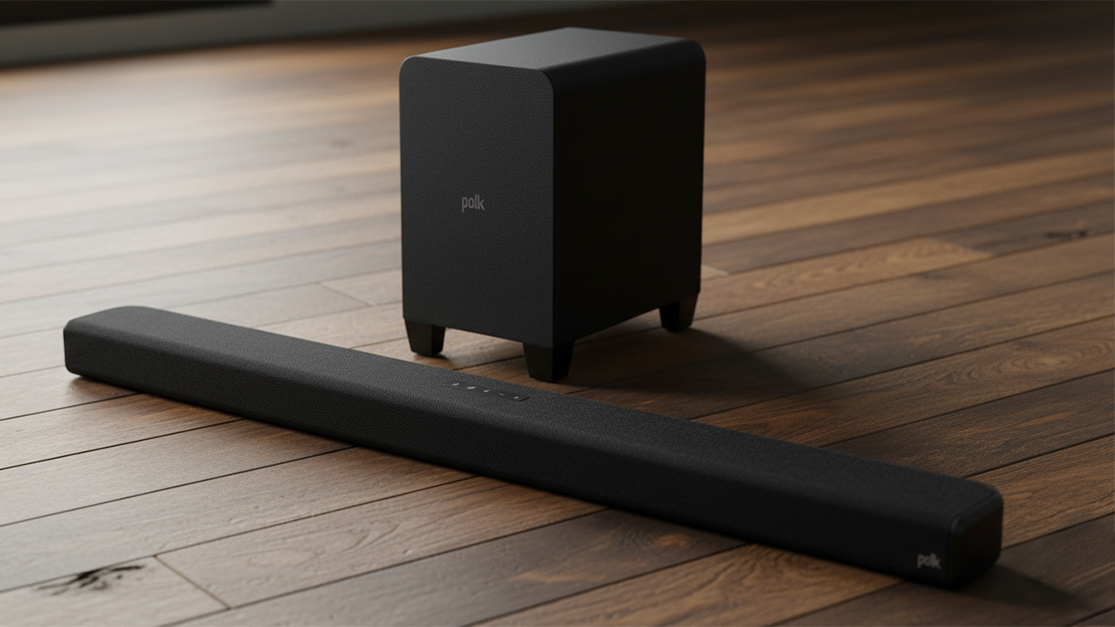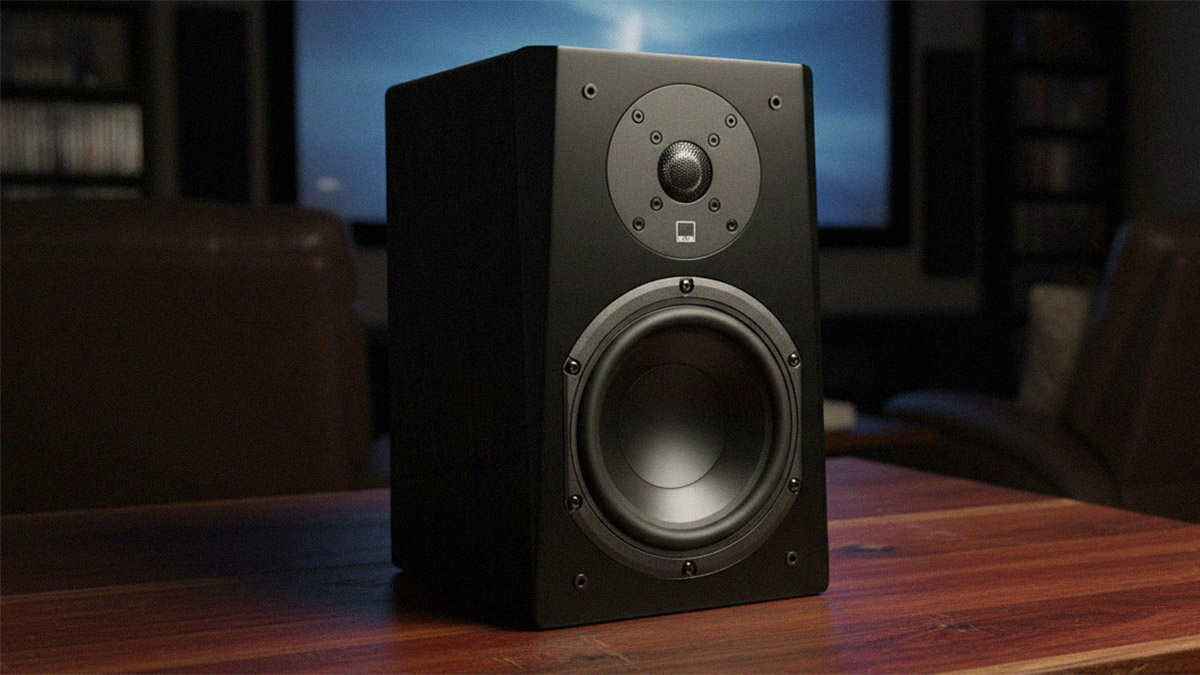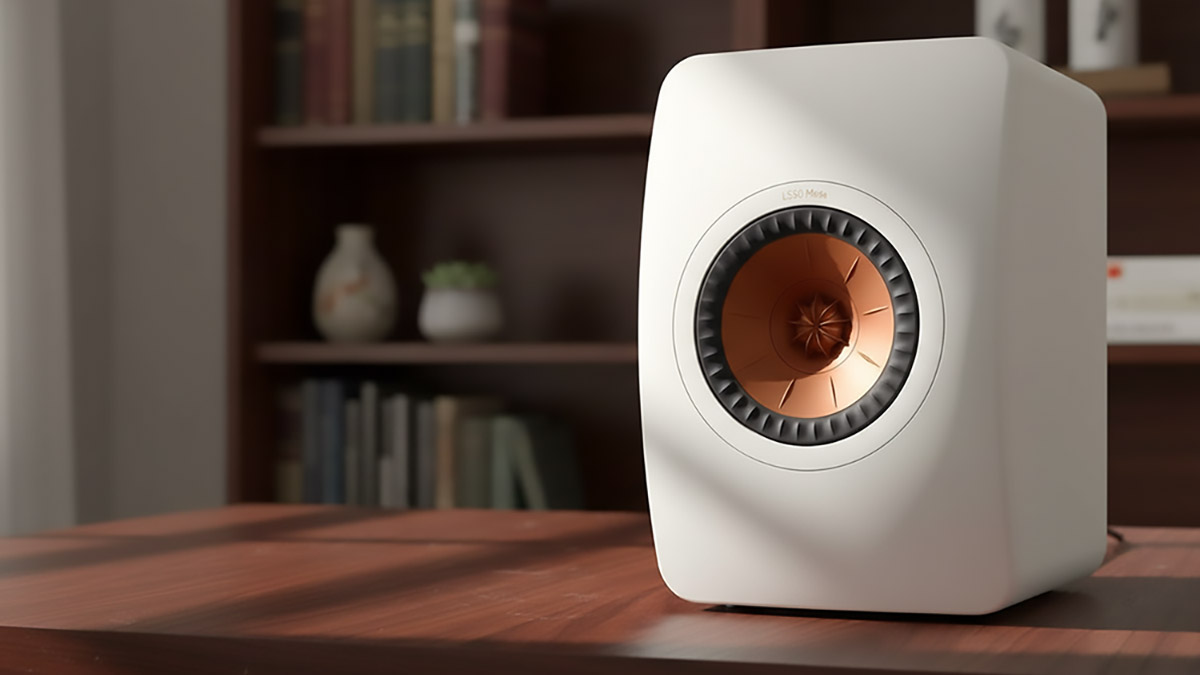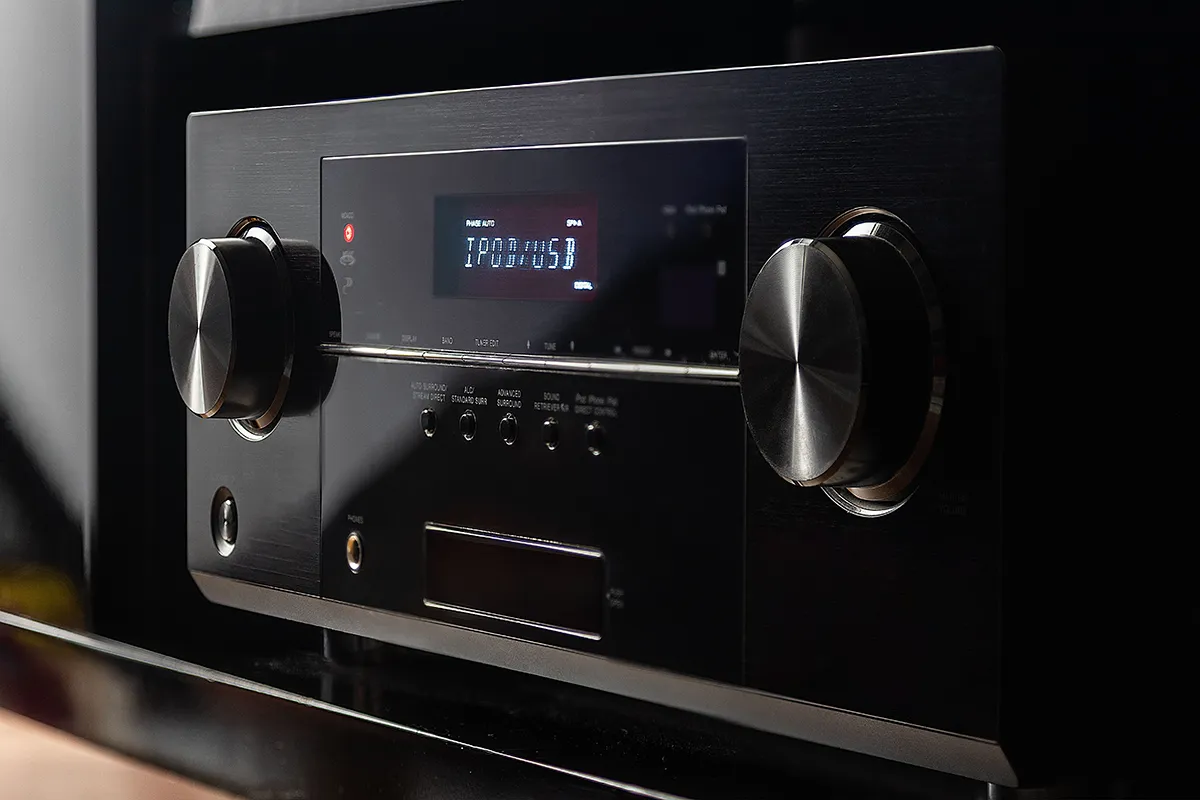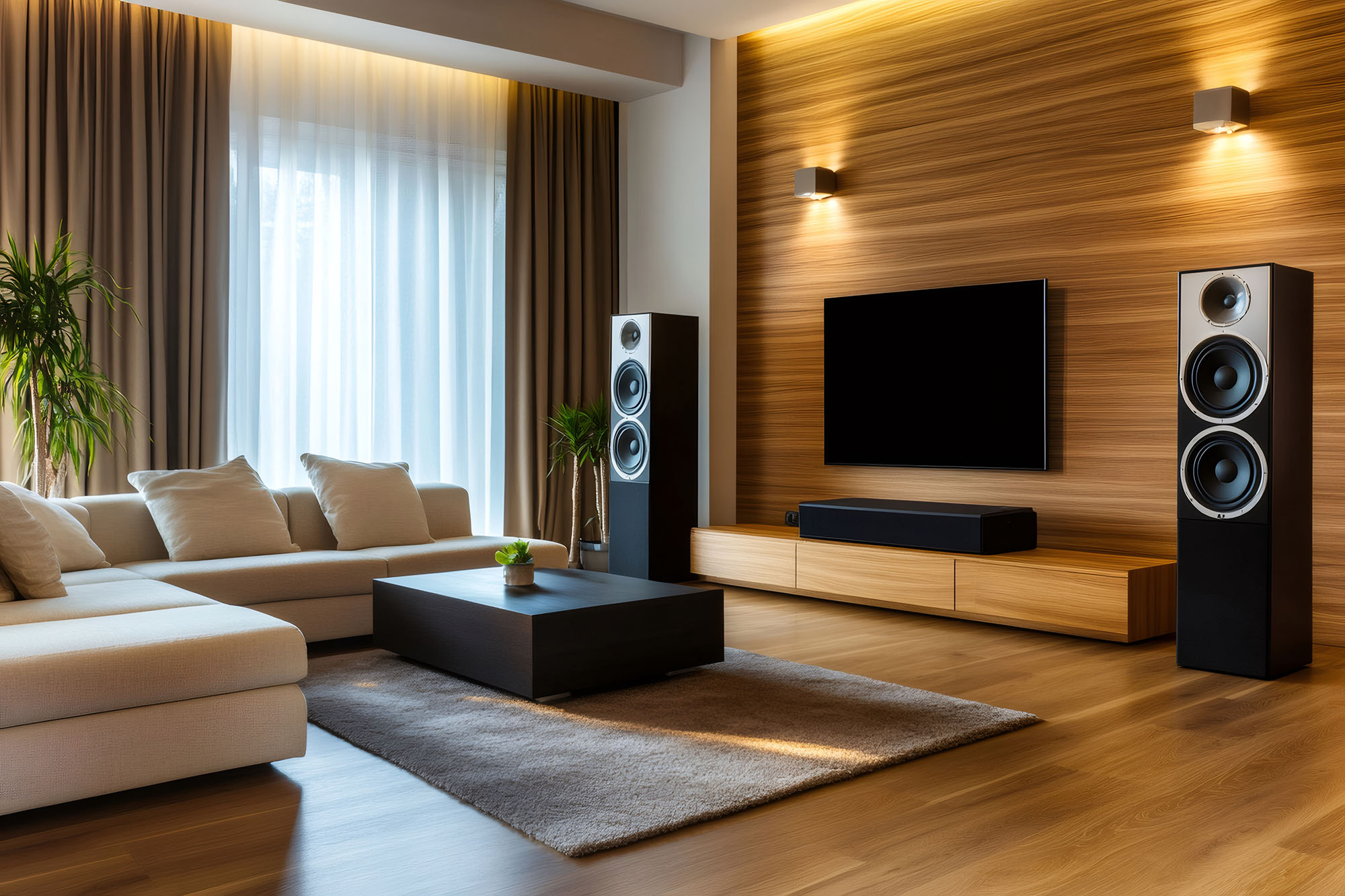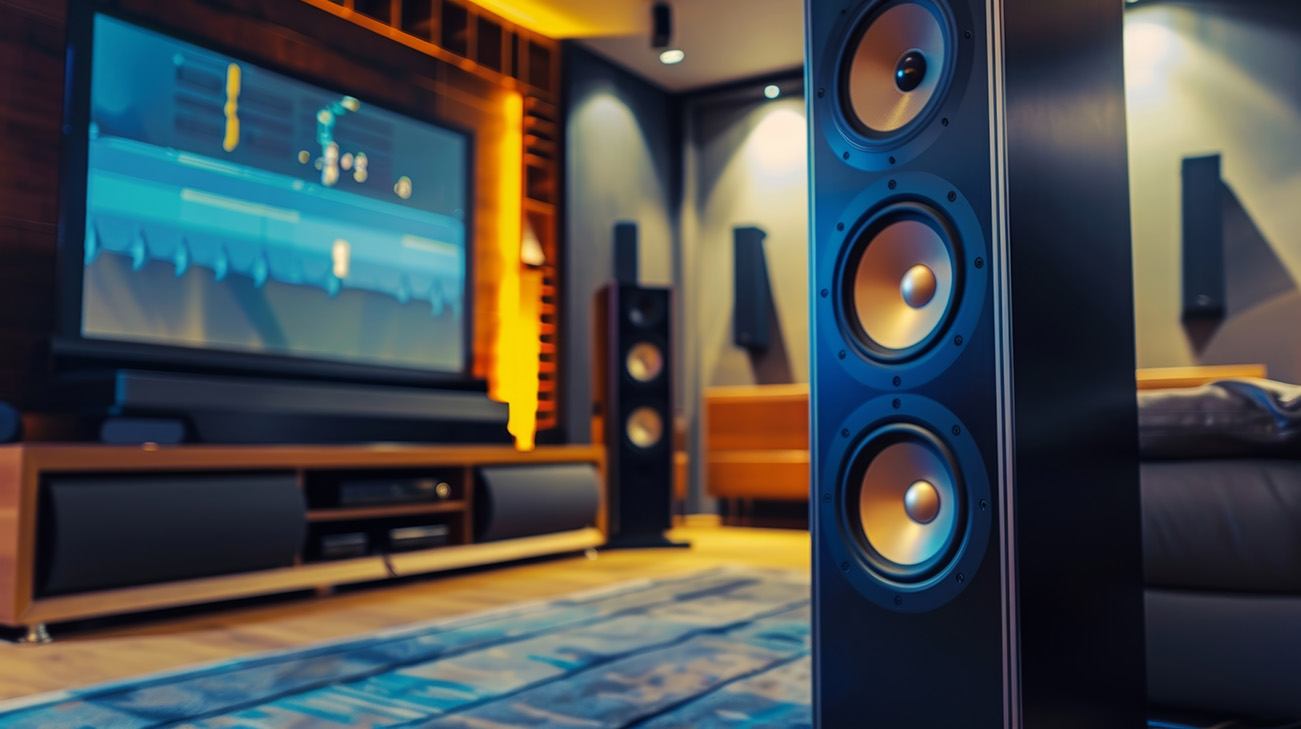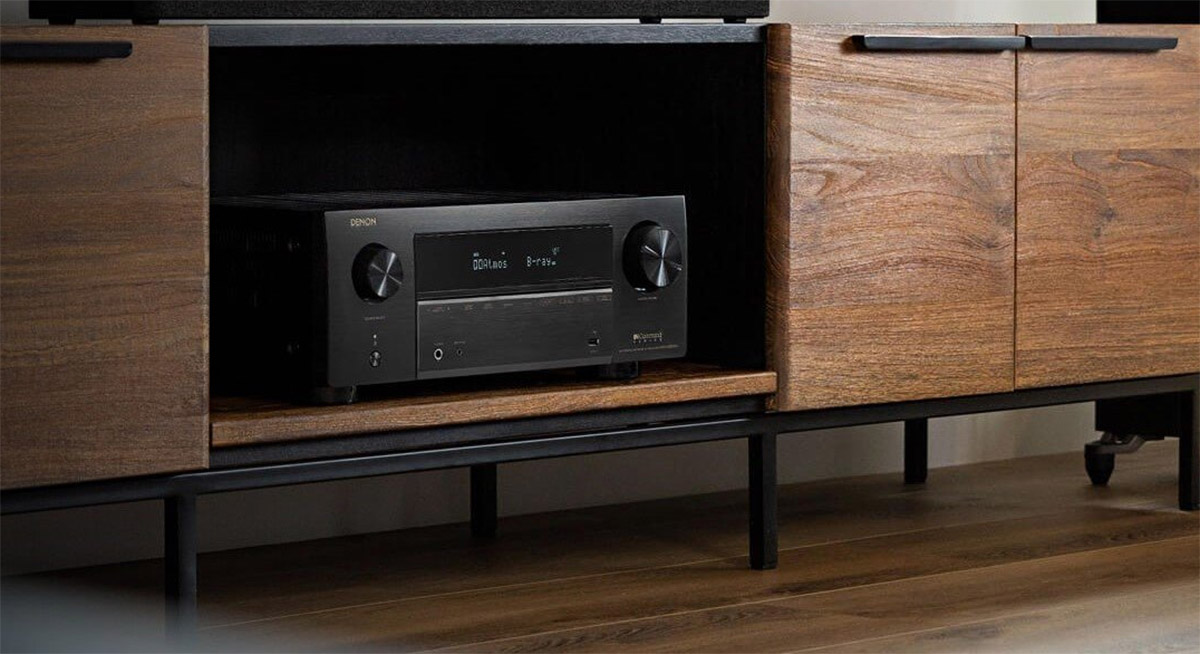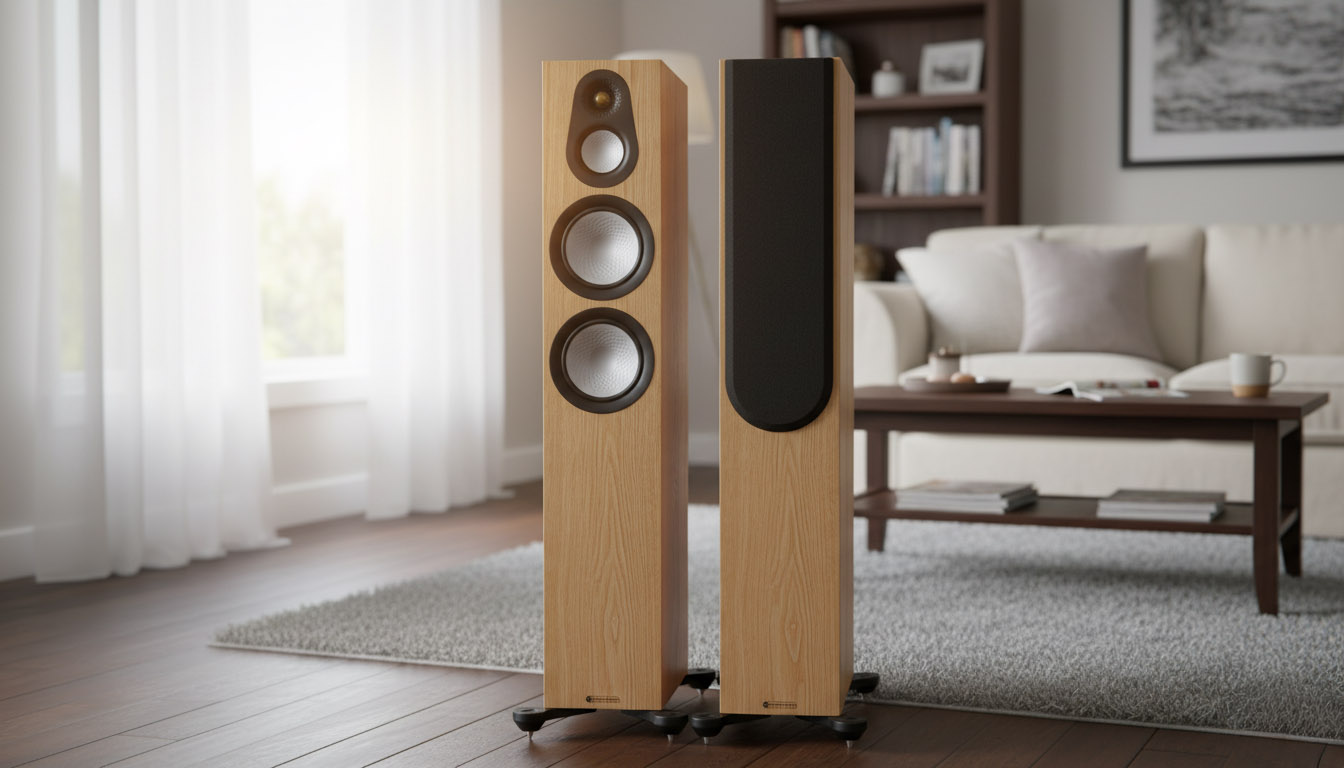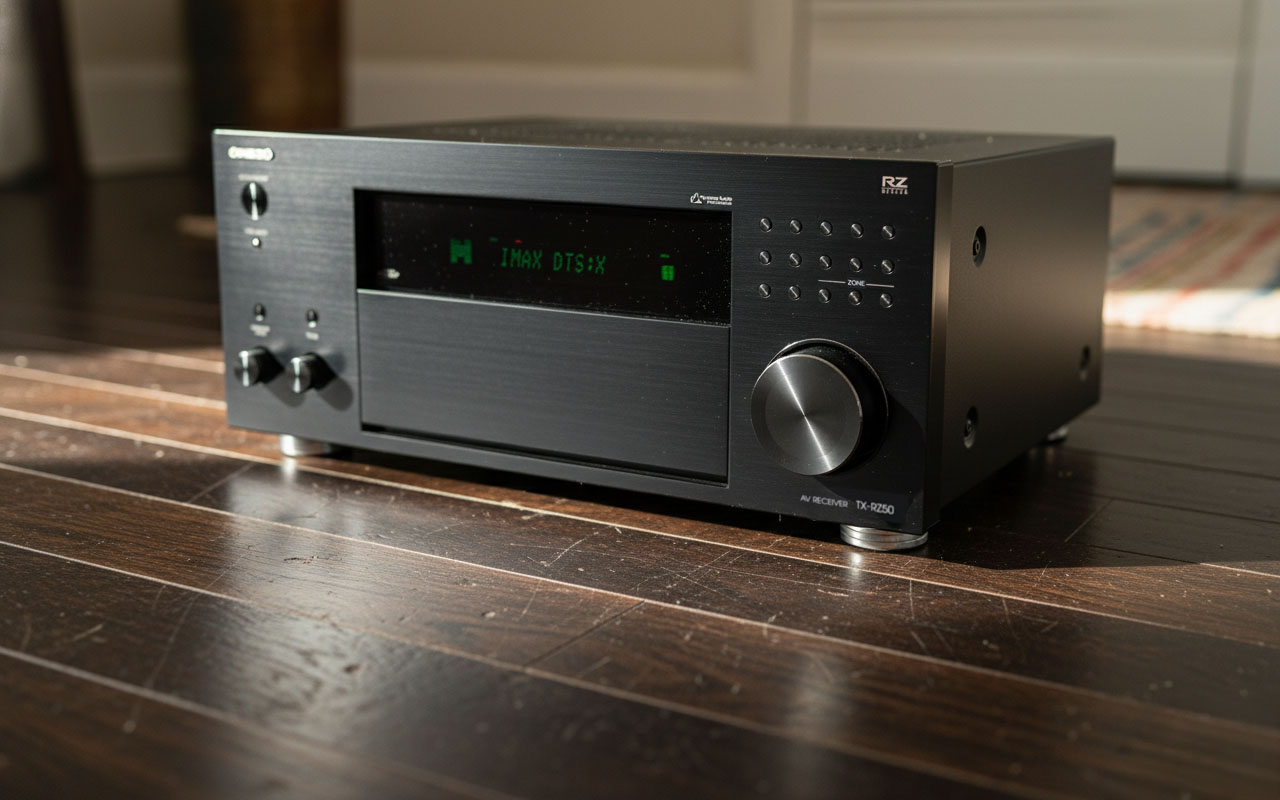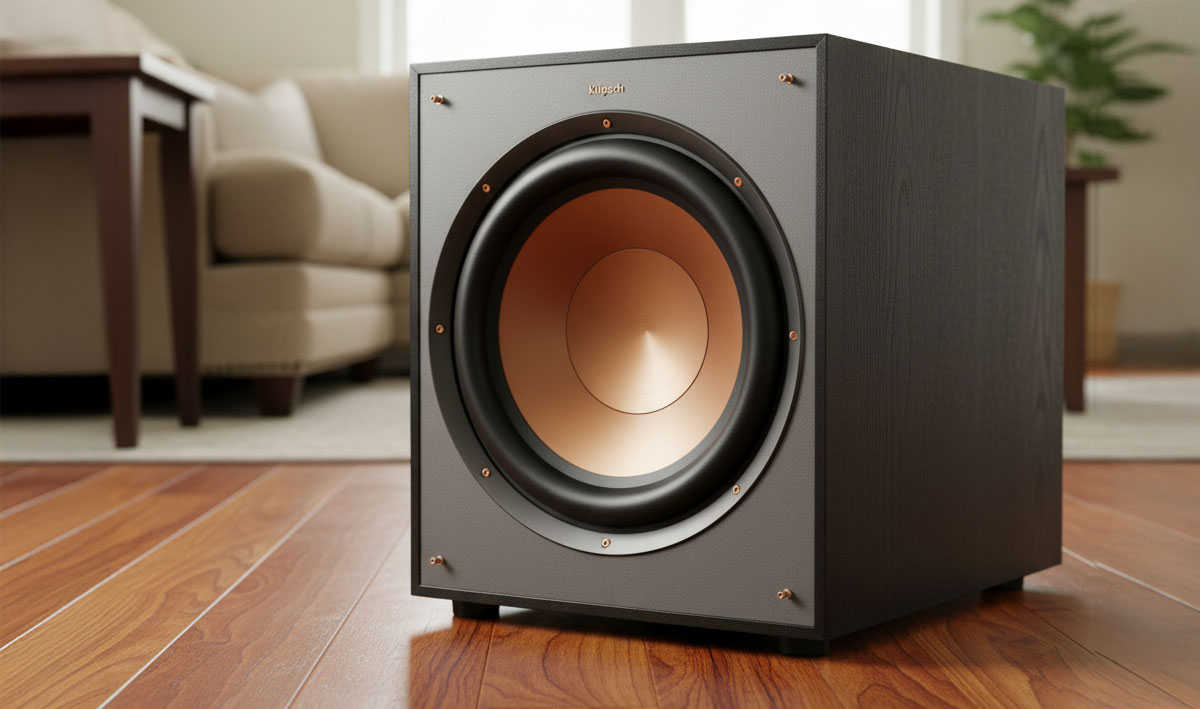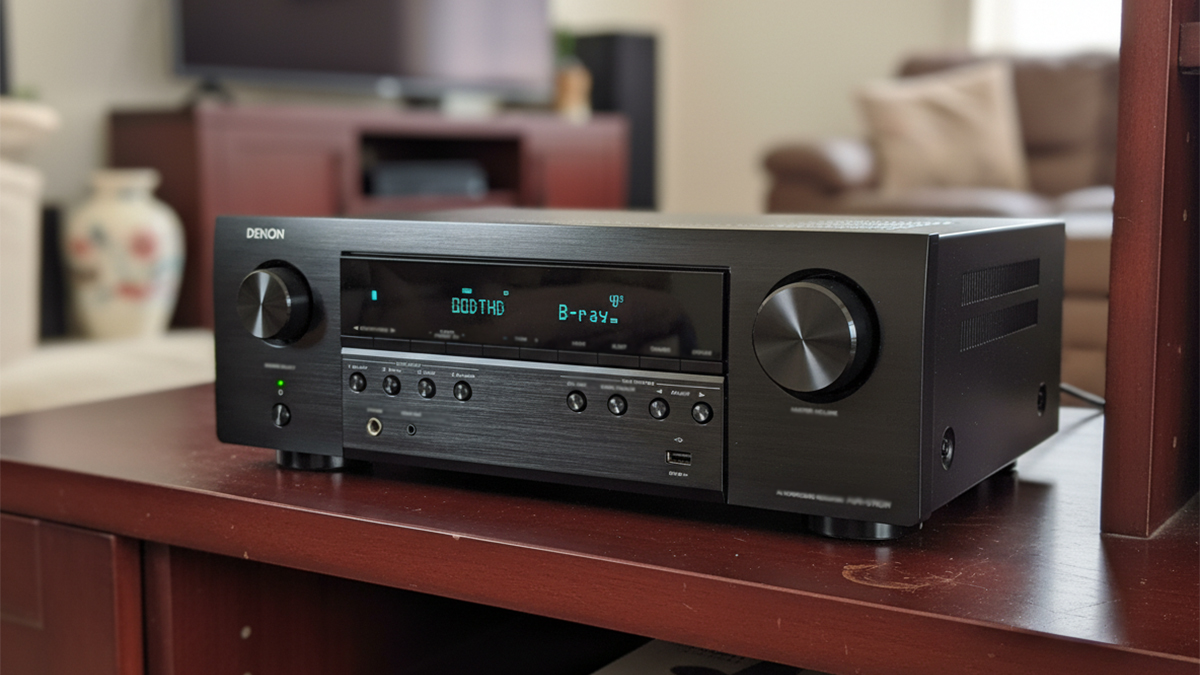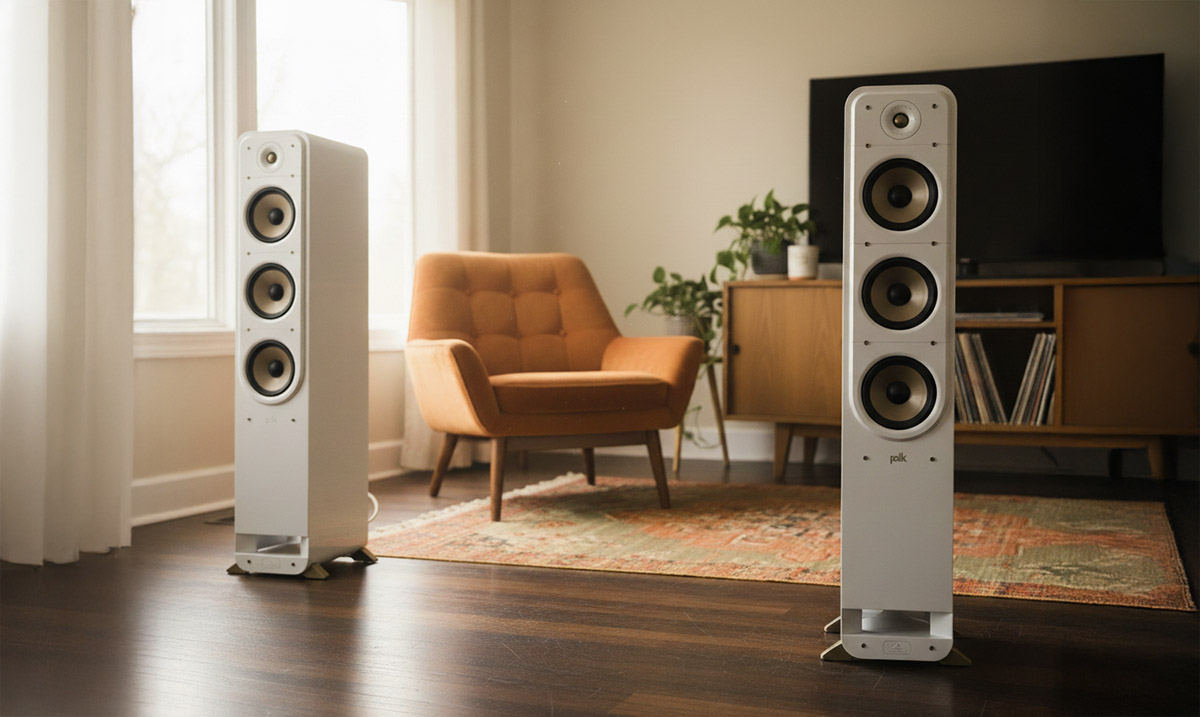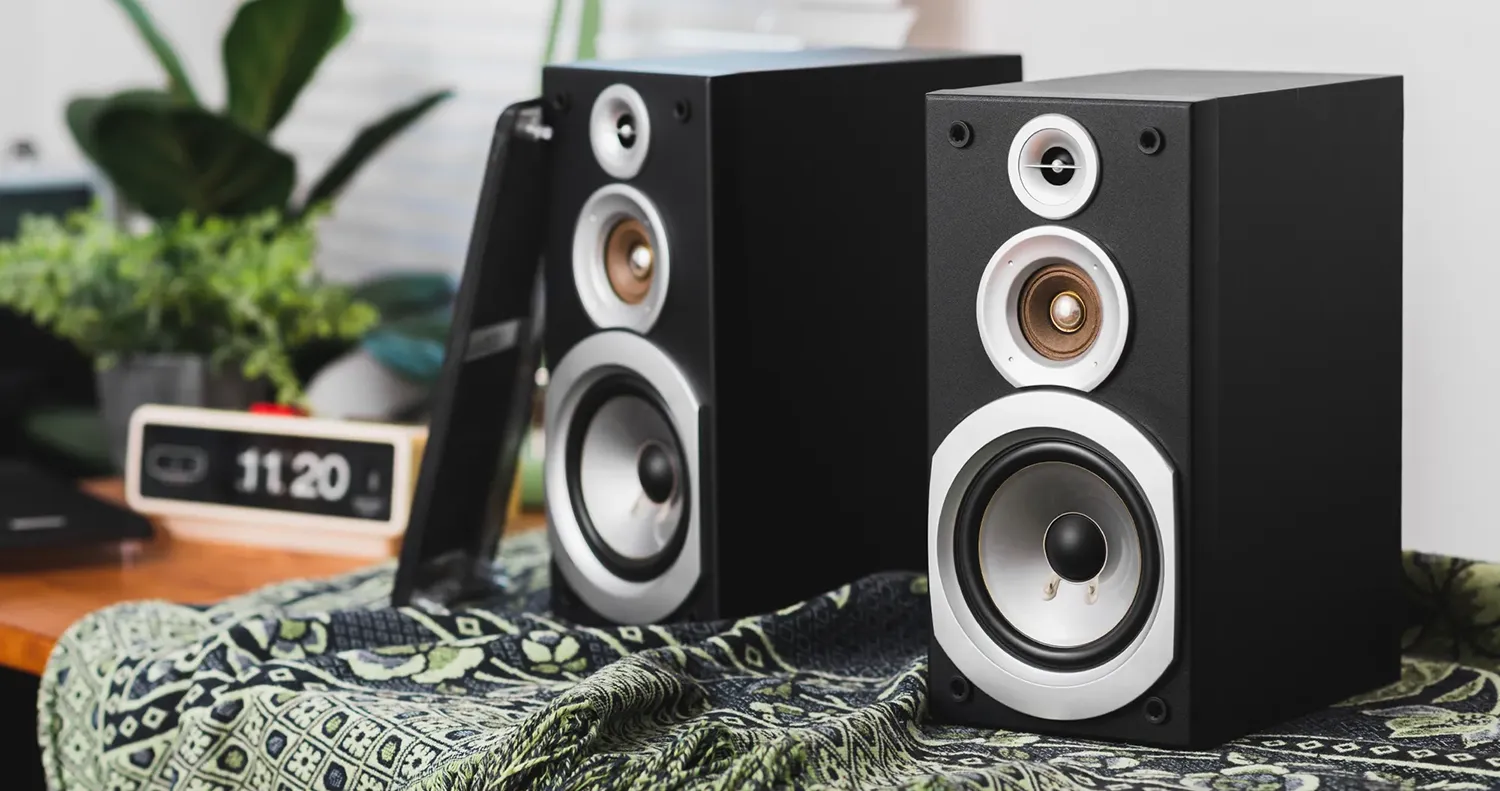You want better sound without turning your living room into a tangle of cables. A sleek soundbar promises clarity, punch, and easy setup. Then the next question hits. Should you go wireless or stick with a traditional wired hookup. The short answer is that wireless can be brilliant for convenience, while a wired link still wins for absolute reliability and the best formats. The longer answer is more useful, so let’s unpack it in plain language, with real model examples and a few setup tricks that save you time.
What “wireless” really means with soundbars
The word sounds magical, yet no soundbar is truly cable free. The bar itself needs power. Your television still needs power. Most so called wireless bars connect to the television with HDMI ARC or eARC, or with an optical cable if the television is older. Where the wireless part shines is everything else. Subwoofers and rear speakers often connect to the bar over a wireless link, so you can place them without dragging cables around the room. Streaming from your phone is usually over Bluetooth or Wi Fi, which keeps music simple and fast.
There is one more wrinkle. A few televisions can send audio to matching bars over Wi Fi rather than through an HDMI cable. That is handy for tidy installs, though it matters which brands you pair. Even in that case the soundbar still needs its power cord, and you will want to confirm which formats travel over that wireless link before you assume anything.
What wired does best
A single HDMI cable using ARC or the newer eARC remains the most robust way to connect a television to a soundbar. HDMI ARC carries audio from the television to the bar and lets the television remote run volume through a control channel. eARC adds the bandwidth needed for lossless movie tracks, so Blu ray discs and high bitrate files keep every bit of their detail when the audio returns through the television. Optical is reliable for stereo and classic surround formats, but it does not carry Atmos. Keep HDMI for anything modern, use optical only when a television lacks ARC.
A wired HDMI connection also gives you the cleanest path for game consoles and players. Many midrange and premium bars pass video from an input on the bar to the television. Some support 4K at one hundred twenty hertz, variable refresh rate, and auto low latency mode. If you want to confirm the features, look for an on screen info page in the console and make sure the bar’s video input supports the modes you care about. If it does not, run the console to the television for video, then let ARC or eARC return audio to the bar. You will keep features and avoid lip sync headaches.
Where wireless shines
No speaker wires to the back of the room is a big win. Most modern bars pair to a wireless sub automatically, then add wireless rears with a button press. Battery powered rears are another clever trick. Some systems let you detach small rear modules and place them on side tables for movie night, then dock them on the bar to charge. That flexibility is gold in small spaces or apartments where you cannot hide cables under rugs or along baseboards.
Wireless also helps with multiroom audio. Bars that live inside a platform, like Sonos, can play in sync with speakers in other rooms. Many bars support AirPlay, Chromecast, or their own app platform, which makes casual listening easy for the whole family.
Potential drawbacks of wireless links
Radio is still radio. A crowded apartment building can fill the air with traffic on the same bands your bar uses. Most systems hop between channels to avoid interference, yet a microwave or a neighbor’s router can still create dropouts in rare cases. Wireless rears also add a tiny bit of latency by design, so the soundbar must time align everything. Good models do this cleanly. Cheaper bars can sound smeared when the link is stressed.
RELATED: Can a Soundbar Replace a Home Theater System
Lossless formats are another practical limit. A wireless television to bar link usually carries compressed audio. That is fine for streaming services that already send Atmos in a compressed format, but it is not the same as the bit for bit tracks you get from a disc. If you own a player and you care about lossless Atmos or DTS based tracks, an eARC cable remains the safest plan.
How to choose without guessing
Start with the room. A tidy living room with one sofa and no easy path for cable runs is a perfect place for a wireless friendly bar with a wireless sub and optional wireless rears. A dedicated media room with a console shelf, a player, and a projector will be happier with a bar that has robust HDMI inputs and eARC, or with a full receiver and speakers if you plan to go big.
Think about content. If you stream nine nights out of ten, a wireless link from a compatible television to a matching bar can keep the install clean. If you watch discs or play local files with lossless tracks, plan on eARC. Gamers should confirm 4K at one hundred twenty hertz passthrough and variable refresh support on the bar’s HDMI input, or use the split path described earlier.
Match models to needs
Apartment friendly and clean
Sonos Arc connects to the television with eARC and adds wireless surrounds and a wireless Sub later. It lives inside the Sonos app world, supports voice control, and plays nicely with AirPlay from Apple devices. It is a strong pick when you want a simple television link and true wireless for the extra speakers.
All in one surround with wireless rears included
Samsung HW Q990 series packs a bar, a wireless sub, and a pair of wireless rears in the box. The latest version supports modern video passthrough on its HDMI input, handles Atmos, and pairs smartly with many of the brand’s televisions. It is a fast path to real wraparound sound without cable chaos.
Modular and flexible
Sony HT A7000 works alone as a wide bar, then expands with wireless rears and a matching sub. Some rear modules are battery powered, which removes the last cable pain point in many rooms. Sony added high frame rate passthrough in a firmware update, so it is friendly to recent consoles when connected through the bar.
Compact rooms and tight budgets
Polk Signa S4 and Vizio M Series options bring wireless sub convenience at entry prices. They connect to the television with HDMI ARC, add Bluetooth for phone music, and keep setup quick. They are not showpieces, they are the uncomplicated bars you can recommend to family members and know they will be happy.
Why wired still wins in certain cases
If the bar will sit in a rack with a disc player and a console, HDMI eARC keeps features and lowers risk. You will pass lossless tracks without worry, and you will avoid wireless congestion entirely. Wired also simplifies control. Turn on CEC in the television and you can use the television remote for power and volume. That small detail keeps family use peaceful.
Simple setup plan for either path
Update firmware on both devices before you test anything. Enable CEC on the television, then turn on ARC or eARC. Set the television audio to passthrough so the bar receives bitstream formats. If voices sound thin on stereo shows, try PCM for those apps. Place the sub near the front wall midpoint and move it a foot at a time while you listen to a familiar bass line. Stop where notes sound even, not boomy. Run the auto calibration in a quiet room and save a preset. If your bar allows level trims, nudge the sub one or two decibels up or down until voices stay natural.
Common myths
Wireless always sounds worse. That is outdated thinking. A well designed wireless system with rears and a sub can sound excellent at normal volumes, and it can make a medium room feel wraparound without visible wires.
Bluetooth is good enough for television audio. It is fine for phone music, but the latency and compression make it a poor main link for television. Use HDMI or a supported wireless television to bar link instead.
Optical carries everything. It does not carry Atmos, and it does not pass the highest quality tracks. Keep optical for older televisions that lack ARC.
So, are wireless soundbars better?
They are better for tidy installs, shared living rooms, and anyone who wants a clean look with real surround cues. They are also easier to expand, since you can add wireless rears and a sub without a cable run. A wired HDMI link is better for lossless audio, for rock solid reliability, and for gaming features that demand full bandwidth. The best choice often blends both ideas. Use an HDMI cable between the television and the bar, enjoy wireless rears and a wireless sub for flexibility, and stream music over Wi Fi. Match the bar to the room, confirm the features you care about, and spend a few extra minutes on placement. Do that, and your living room will sound big, look clean, and behave every time you press play.
Teksignal.com participates in the Amazon Services LLC Associates Program, an affiliate advertising program designed to provide a means for sites to earn advertising fees by advertising and linking to Amazon.com

